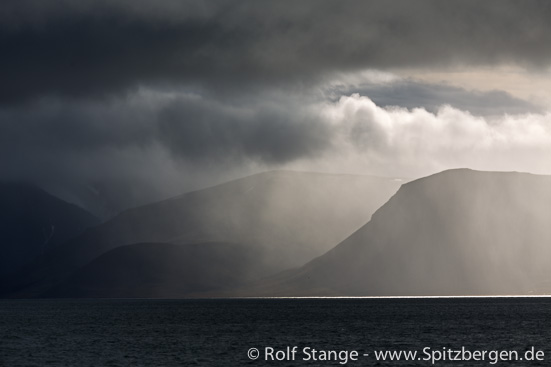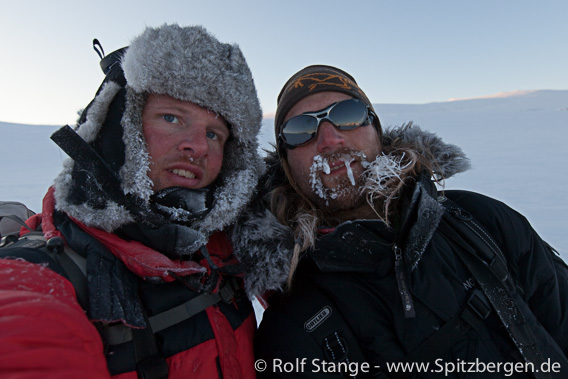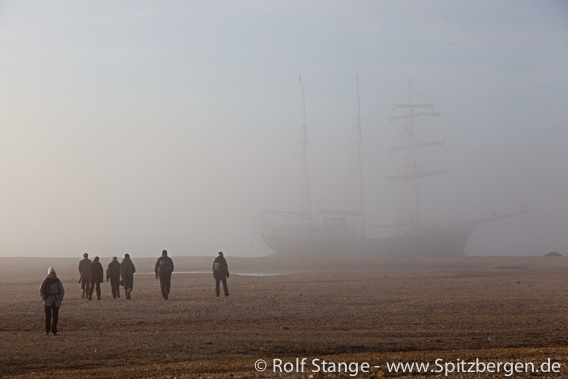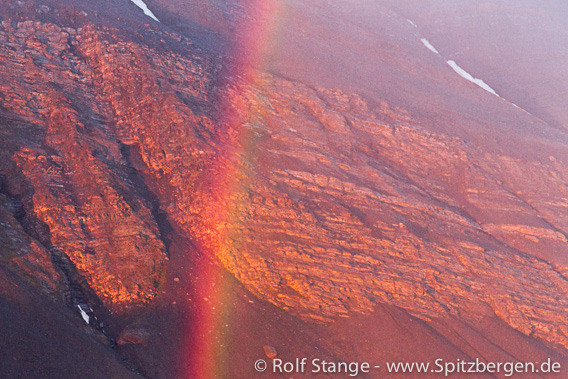-
current
recommendations- Liefdefjord
New page dedicated to one of Spitsbergen's most beautiful fjords. Background information and many photos.
- New Spitsbergen guidebook
The new edition of my Spitsbergen guidebook is out and available now!
- Liefdefjord
New page dedicated to one of Spitsbergen's most beautiful fjords. Background information and many photos.
Page Structure
-
Spitsbergen-News
- Select Month
- June 2025
- May 2025
- April 2025
- March 2025
- February 2025
- January 2025
- December 2024
- November 2024
- October 2024
- September 2024
- August 2024
- July 2024
- June 2024
- May 2024
- April 2024
- March 2024
- February 2024
- January 2024
- December 2023
- November 2023
- October 2023
- September 2023
- August 2023
- July 2023
- June 2023
- May 2023
- April 2023
- March 2023
- February 2023
- January 2023
- December 2022
- November 2022
- October 2022
- September 2022
- August 2022
- July 2022
- June 2022
- May 2022
- April 2022
- March 2022
- February 2022
- January 2022
- December 2021
- November 2021
- October 2021
- September 2021
- August 2021
- July 2021
- June 2021
- May 2021
- April 2021
- March 2021
- February 2021
- January 2021
- December 2020
- November 2020
- October 2020
- September 2020
- August 2020
- July 2020
- June 2020
- May 2020
- April 2020
- March 2020
- February 2020
- January 2020
- December 2019
- November 2019
- October 2019
- September 2019
- August 2019
- July 2019
- June 2019
- May 2019
- April 2019
- March 2019
- February 2019
- January 2019
- December 2018
- November 2018
- October 2018
- September 2018
- August 2018
- July 2018
- June 2018
- May 2018
- April 2018
- March 2018
- February 2018
- January 2018
- December 2017
- November 2017
- October 2017
- September 2017
- August 2017
- July 2017
- June 2017
- May 2017
- April 2017
- March 2017
- February 2017
- January 2017
- December 2016
- November 2016
- October 2016
- September 2016
- August 2016
- July 2016
- June 2016
- May 2016
- April 2016
- March 2016
- February 2016
- January 2016
- December 2015
- November 2015
- October 2015
- September 2015
- August 2015
- July 2015
- June 2015
- May 2015
- April 2015
- March 2015
- February 2015
- January 2015
- December 2014
- November 2014
- October 2014
- September 2014
- August 2014
- July 2014
- June 2014
- May 2014
- April 2014
- March 2014
- February 2014
- January 2014
- December 2013
- November 2013
- October 2013
- September 2013
- August 2013
- July 2013
- June 2013
- May 2013
- April 2013
- March 2013
- February 2013
- January 2013
- December 2012
- November 2012
- October 2012
- September 2012
- August 2012
- July 2012
- June 2012
- May 2012
- April 2012
- March 2012
- February 2012
- January 2012
- December 2011
- November 2011
- October 2011
- September 2011
- August 2011
- May 2011
- April 2011
- March 2011
- February 2011
- January 2011
- December 2010
- November 2010
- September 2010
- August 2010
- July 2010
- June 2010
- May 2010
- April 2010
- March 2010
- February 2010
- November 2009
- October 2009
- August 2009
- July 2009
- June 2009
- May 2009
- April 2009
- March 2009
- February 2009
- January 2009
- December 2008
- November 2008
- October 2008
- August 2008
- July 2008
- June 2008
- May 2008
- April 2008
- March 2008
- February 2008
- April 2000
- Select Month
-
weather information
-
Newsletter

| Guidebook: Spitsbergen-Svalbard |
Home
→ Spitsbergen information
→ Climate
Svalbard: climate and weather

Light and clouds in Van Mijenfjord.
Click here for today’s weather in Spitsbergen, Jan Mayen and East Greenland.
Spitsbergen’s climate is influenced by two oceanic currents: the West Spitsbergen Current is the northernmost surface branch of the gulf stream, bringing relatively mild water to Spitsbergen’s west and north coasts and giving these areas a milder climate with less drift ice. The East Spitsbergen Current, in contrast, brings colder water masses with a lot of drift ice from the Arctic Ocean in the north pole basin, making the eastern parts of the archipelago a bit colder in climate, with much heavier ice conditions.
For more, detailed information: the Guidebook Spitsbergen-Svalbard
The average annual temperature in Isfjord is -7,5°C (reference period: 1960-1990). This is warm considering the latitude of 78°N, a consequence of the influence of the West Spitsbergen Current (Gulf stream). The climate is accordingly high arctic with a strong maritime component. July is the warmest month with 5°C, the temperature fluctuations in summer are moderate. Temperatures below freezing are rare between late June and early August, and more than 10°C are likewise exceptional. Wind and clouds are very important for how one actually experiences the temperature. There are those rare summer days when you can enjoy sitting in the sun in a T-shirt.

Glacier hike on a sunny summer day.
February is the coldest month with almost -15°C temperature average (again, the reference period is 1960-1990). In winter, temperature fluctuations are more pronounced, you have to expect temperatures down to -30°C, occasionally even colder, as well as warm weather spells with thawing temperatures and rain even in the polar night.

On Newtontoppen, Spitsbergen’s highest mountain, with temperatures below -30°C.
Fog is common because of the different air and water masses meeting and mixing in the Barents Sea. In Longyearbyen (airport), the meteorologists record 13 fog days per year on average, fog being defined as a visibility of less than 1 km. On Bjørnøya (Bear Island), the corresponding number is an impressive 64.

Fog in Wahlenbergfjord, Nordaustland. In this case, the sun managed to break through the fog layer.
Precipitation is generally low, with just under 200 mm/year in Longyearbyen (airport) and 400 mm on the west coast (Ny Ålesund). This doesn’t mean that it doesn’t rain. It just means the raindrops are smaller than elsewhere. You will get wet anyway. A lot of it is, of course, falling as snow.

Rainbow in Bellsund. A rain shower can have its beautiful sides.
The wind is changing constantly in time and in space. Whatever wind you have got where you are, it may be completely different in the next valley or fjord or within half an hour. Spitsbergen is not as windy as Iceland, Scotland or the Falkland Islands or South Georgia. In summer, calm days are more common than strong winds, but a low pressure may always move through, bringing 1-2 days of strong wind or even storm. The risk of strong winds is increasing in autum and winter, it is at its lowest in June and July.

Strong wind and snow drift at Lloyd’s Hotel in Krossfjord.
By now it should really be common knowledge that climate change is an ongoing development and not an obscure prediction and it makes itself felt more strongly in the Arctic than in lower latitudes. In Spitsbergen, the rise temperature is stronger than anywhere else in Europe, the winter temperatures have already risen by 2 degrees. There is appearently a tendency towards milder winters with more frequent warm air influence, and wetter, windier summers. The general retreat of glaciers is a very evident phenomenon, very apparent to everybody travelling in Spitsbergen for just a couple of years. Scientific data provide solid evidence, for example from glaciers near Ny Ålesund and in Hornsund, in the vicinity of scientific stations. A more detailed analysis of climate change and its causes are beyond the scope of this website. The statement that climate change is a fact that we do observe and experience in Spitsbergen (and elsewhere, for that sake) and not just a prediction will be enough here.
BOOKS, CALENDAR, POSTCARDS AND MORE
This and other publishing products of the Spitsbergen publishing house in the Spitsbergen-Shop.
last modification: 2019-10-30 ·
copyright: Rolf Stange






































